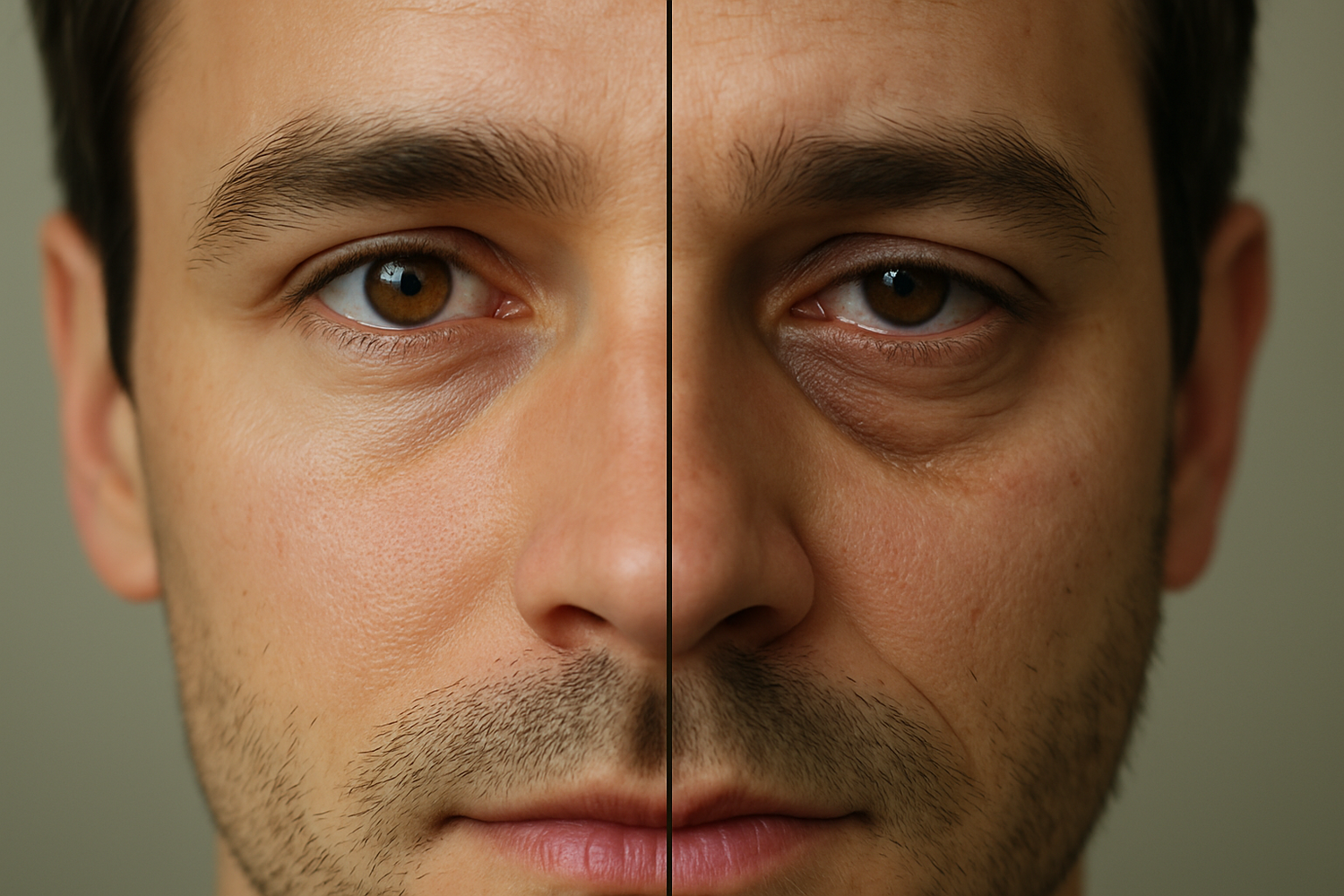What happens to unwanted clothing? Every year, millions of tons of used textiles go somewhere—but not “away.” These garments often end up in landfills, incinerators, or washed overseas, where they clog waterways and harm communities. Every year, 92 million tonnes of textile waste are generated globally, with discarded clothing frequently ending up in landfills or being dumped and burned in low-income countries like India, where waste management infrastructure is lacking. As garment use declines and plastic waste from textiles rises, a zero-waste, circular approach has become critical to avoid long-term environmental damage and social harm.
Why It Matters
-
Landfill Overload
Unwanted clothing made of synthetic materials like nylon and polyester takes up to 200+ years to decompose, and often releases toxic dyes and chemicals into soil and water. -
Microplastic Pollution
Synthetic fibers like polyester shed microplastics with every wash. These fibers pollute oceans, harm marine life, and find their way into our food chain. -
Global Waste Injustice
Exports of unwanted clothing—sometimes over 500,000 tonnes annually—flood countries like Ghana. Undesirable items often end up in dumps, clogging waterways and causing health hazards -
Economic Loss
We discard clothing after just 7–10 wears, wasting valuable resources and money. Globally, over $460 billion is lost each year due to our throwaway culture .
🌱 What the Data Tells Us
-
92 million tonnes of textile waste enter landfills annually; by 2030, that could reach 134 million tonnes.
-
The U.S. recycles only 15%, while 66% is landfilled.
-
20% of global wastewater pollution comes from clothing production.
What You Can Do with Your Own Unwanted Clothing
1. Repair and Rethink: Extend your clothes' life with basic repairs—sewing a button or mending a seam.
2. Donate or Swap Locally: Gift wearable items to charities or friends. Reuse keeps clothing out of landfills.
3. Recycle Smartly: Choose recycling programs that transform textiles into new products, not just dump overseas.
4. Buy Mindfully: Invest in high-quality, sustainable pieces. Brands like Paizlie source natural fabrics to minimize environmental impact. Explore eco-friendly sleepwear here.
5. Support Circular Fashion: Thrift, rent, or buy second-hand to reduce demand for fast fashion.
Check out our related post: “100% Sustainability does Not Exist?”.
Final Thoughts
Unwanted clothing isn’t disappearing—it’s accumulating, polluting, and harming communities. By making smarter choices—repairing, donating, recycling, and choosing quality—you can reclaim the value of your wardrobe. It’s time to shift from “buy, use, toss” to “choose, care, cherish.”
At Paizlie, we believe every piece you own—and wear—matters. Our natural sleepwear and bedding aren’t just cozy: they are made using breathable, biodegradable fabrics.
Small steps lead to big changes—let’s start now.





